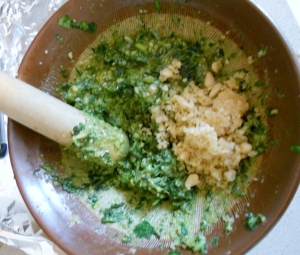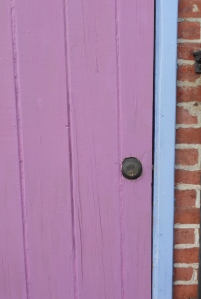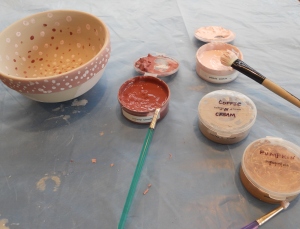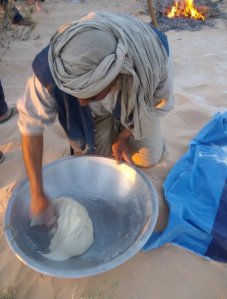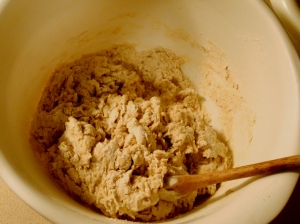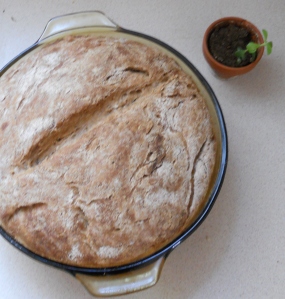I didn’t think I would be writing at this time of night. I couldn’t stay away from Dough much longer. So, Michael Buble (only because I need something incredibly up-ity) will keep me company through this late-night post.
Tomorrow, a bus leaves 30th Street Station for DC, then I’m Annapolis-bound for this half marathon. My favorite running clothes, running shoes (that may retire after this race) and Birkenstocks are lumped together in my back pack. Since when am I runner? Sometime between graduating from college and becoming a full-time higher-ed administrator. (If I’m not a college student, I might as well be consoling one.)
And yet, I couldn’t stay away from the classroom too long. This summer, I’ll be learning why buildings like the one below can shape societies under totalitarian governments. Kind of a downer? Maybe. Fascinating? Absolutely.
I also had the pleasure of having my hair done by the rising stylist, Miss Caitlin. You can find her at American Mortals on Walnut, or you can contact her at missgray6845@gmail.com. Like my do? With a little salon chair therapy and a loving pair of scissors, Caitlin worked her magic.

One more update before signing off. Earlier this month, I had the pleasure of working alongside the lovely Liz for one of her catering gigs. This lady was saving for her first KitchenAid mixer when most of us were convincing our parents to take us for our driver’s permit. Constructing her first wedding cake at 17 and catering her first wedding at 19, I was happy to work under her for the latest matromoninal mission.
When the party was over, our little row home was a regular produce junction. Trimmings from the crudite and fondue fountain abounded in our living room. To save a few strawberries and bananas, I came up with a smoothie to keep me going between training and catering.
Post-Wedding, Pre-Training Power-Up Smoothie
1 c. Kefir (Your digestive system will thank you for it. I know, the copywriter who didn’t rename this cultured milk product did it a disservice, but don’t let that dissuade you from giving it a try.)
1 ripe banana
1 c. strawberries, or whatever berries you find at your farmer’s market (for an icy smoothie, freeze them first!)
1 tsp ground flax seed (for the omega 3’s you didn’t get that day)
1 Tbs honey (for a natural boost of energy)
Pinch of sea salt
Combine ingredients in a food processor to your desired consistancy and enjoy!

Is it pretty? No, but neither was running 10 miles the morning after catering a wedding. It’s all about perspective.
For those who’ve followed Dough for in its short existance, here are some photos that didn’t make the cut in previous posts. Why share them now? It’s late. I’m feeling adventurous.
The colors I recently painted my room make an interesting back drop. Enjoy.
This winter, I attended a dinner at The Pickle Heron that publicized the new Kensington Co-Op. These photos are sub-par, but can be fun.





















 The second experimental dish was petite pots de creme. Each diner had their own ramekin of vanilla-infused custard. I’m not going to lie — this was a little labor intensive.
The second experimental dish was petite pots de creme. Each diner had their own ramekin of vanilla-infused custard. I’m not going to lie — this was a little labor intensive.






 These flavors married well in the final dish. Toasted hazelnuts added a coarse texture with subtle smokey notes. Mint brightened the dish as red wine vinegar contributed its distinct zing. Olive oil’s silky texture rounded out all the flavors on my palate. Although this dish was not conventional for my kitchen, I’m looking forward to trying more recipes from Ottolenghi’s cookbook.
These flavors married well in the final dish. Toasted hazelnuts added a coarse texture with subtle smokey notes. Mint brightened the dish as red wine vinegar contributed its distinct zing. Olive oil’s silky texture rounded out all the flavors on my palate. Although this dish was not conventional for my kitchen, I’m looking forward to trying more recipes from Ottolenghi’s cookbook.

